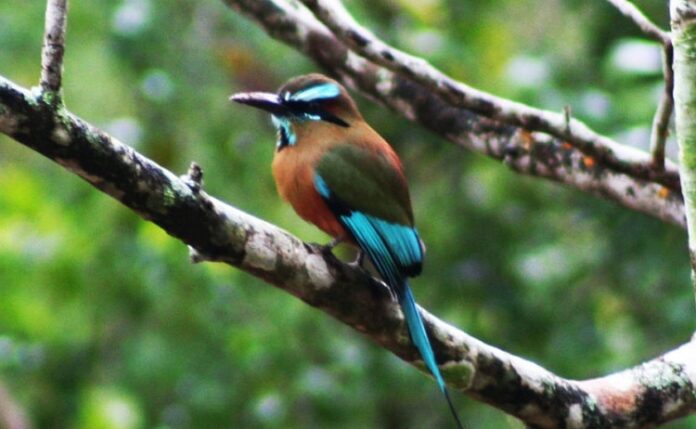Yucatan Magazine describes itself as a resource for curious readers looking for news, lifestyle information, properties, opinions, and practical advice about Mexico.
The following is an editorial piece published by Yucatan Magazine that you need to read if you’re planning a birdwatching tour of the Yucatan.
The Yucatán Peninsula is home to some of Mexico’s most beautiful and exuberant birds, 565 species of them to be precise. These feathered friends run a wide gamut of sizes, colors, and rarity. As a result, birdwatching has become a large hobby among locals and foreigners alike. I first got into birding 15 years or so ago when I purchased my first SLR (interchangeable lens) camera and have not looked back.
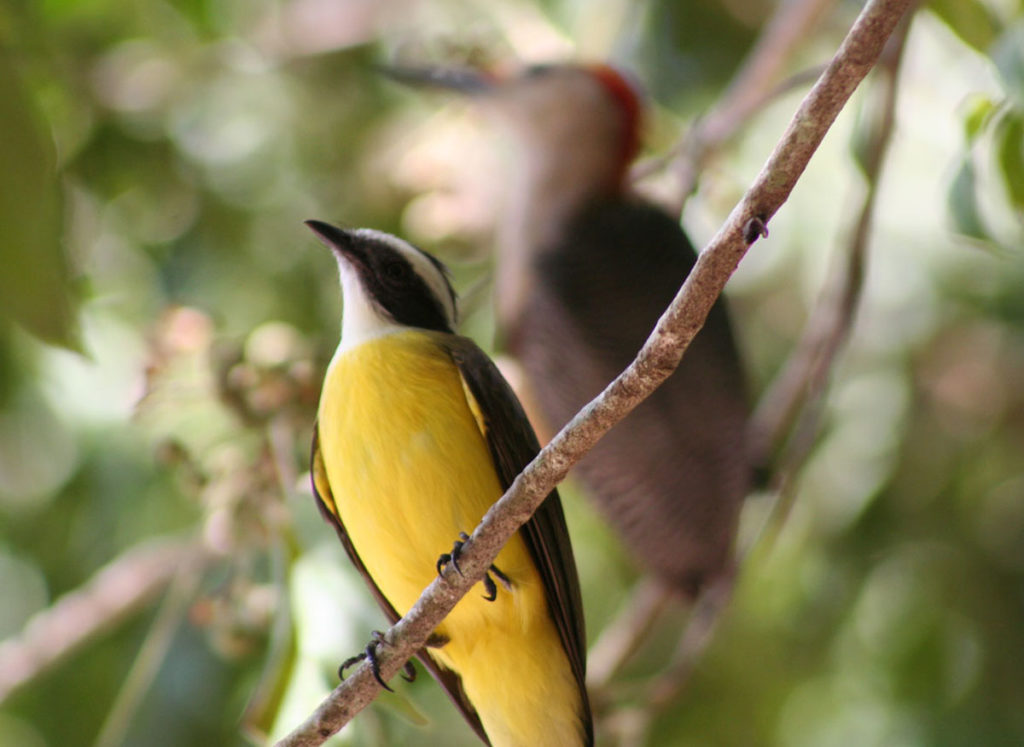
But there is no need to spend thousands of dollars on expensive camera equipment to get into birding, all you really need to do is go outside and pay attention to nature’s sights and sounds.
I am no ornithologist, but over the years I have learned to spot and identify the birds of the region from their behavior, wing-flapping patterns, and calls. That being said, naming conventions can sometimes get complicated when you start to mix up scientific designations with names in English, Spanish, and Mayan — not to mention one’s own wonky head-canon.
So, let’s get started and check out eight of Yucatán’s most wonderful birds. As there is no way I will be able to cover everyone’s favorites, be on the lookout for a Part 2 sometime soon.
The mot mot or pajaro t’ho
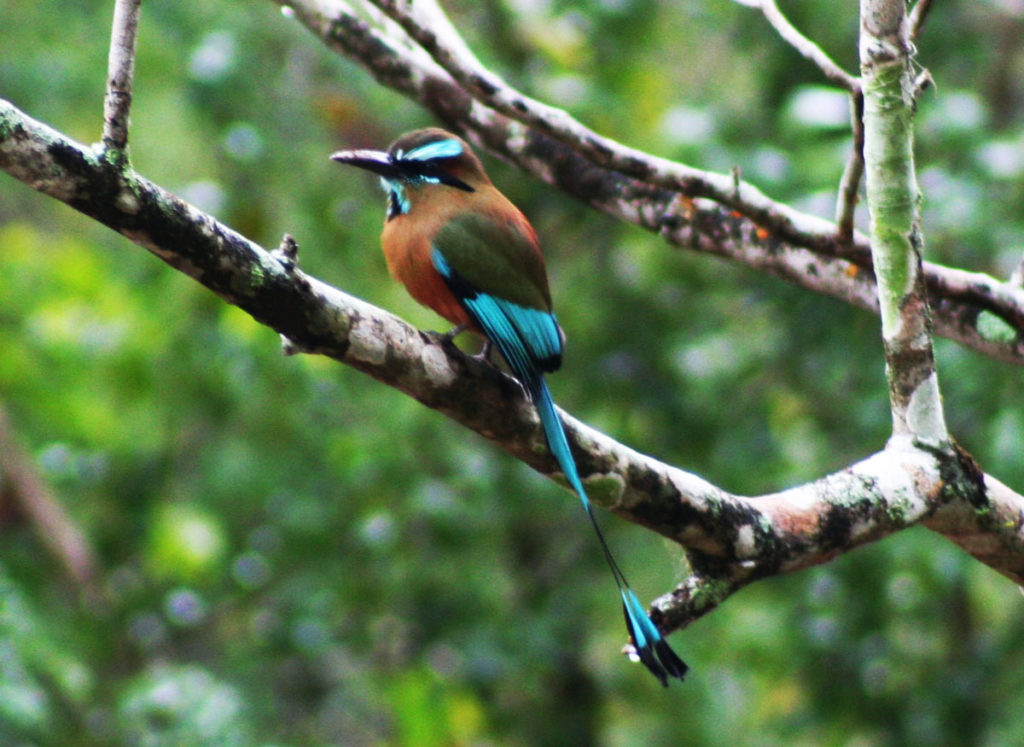
The mot mot or t’ho is without a doubt one of the region’s most beloved birds. They are in fact best known by Mérida’s ancient Maya name, Ichcansihó, or t’ho for short. They are usually seen in the countryside but can be spotted within city limits, especially in areas with plentiful vegetation. However, their favorite spots are near the mouths of caves and cenotes. Unlike most bird species in which only males have elaborate traits, the t’ho has a gorgeous long racketed tail in both sexes.
Flycatchers or x’takay
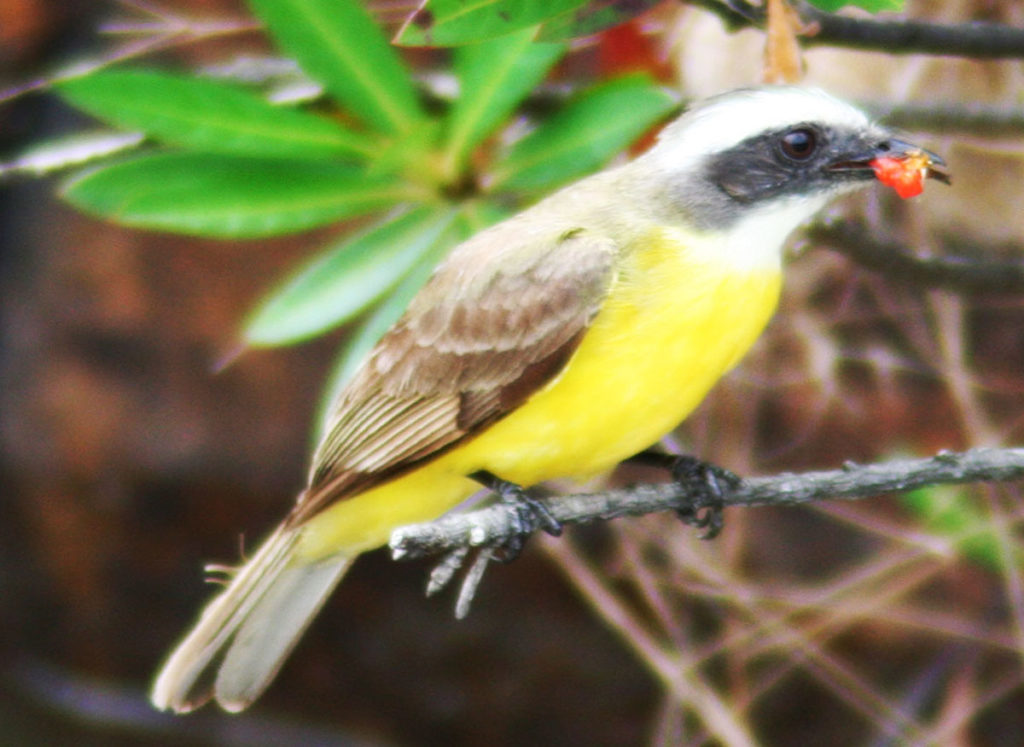
There are several species of flycatchers in Yucatán including the great crested and yellow-bellied varieties, but perhaps the most beautiful is the social flycatcher. As their name suggests, they feed primarily on insects but also enjoy munching on fruit. Their bellies are bright yellow and males have a black crown with a strong white eye stripe. They can often be spotted in the city, especially during the wee hours of the morning.
Yucatán woodpecker
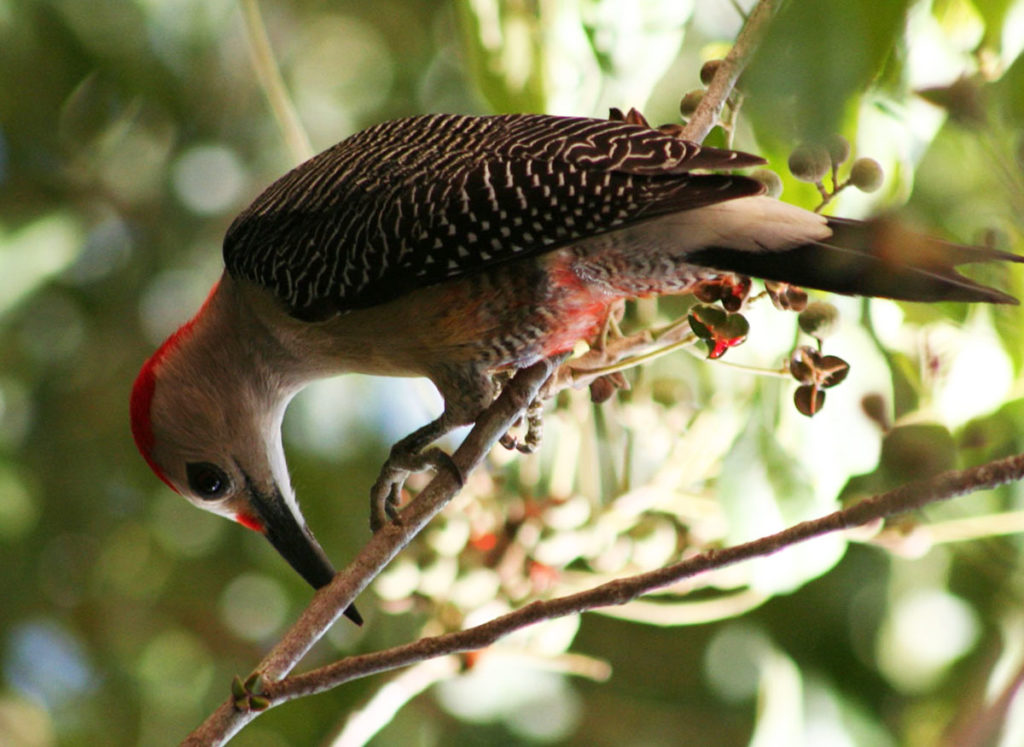
There are 11 species of woodpeckers in Yucatán, but the most common is called Melanerpes aurifrons. Like their cousins around the world, woodpeckers in Yucatán belong to a family called picidaw that also includes piculets and sapsuckers. They are known for having strong beaks which they use to forage for insect prey on the trunks of branches and trees. They communicate by drumming with their beak and creating a quick-paced knocking sound that can be heard across long distances. The Yucatán woodpecker has a white-and-black striped back and of course, a red crown.
Herons/egrets or garzas
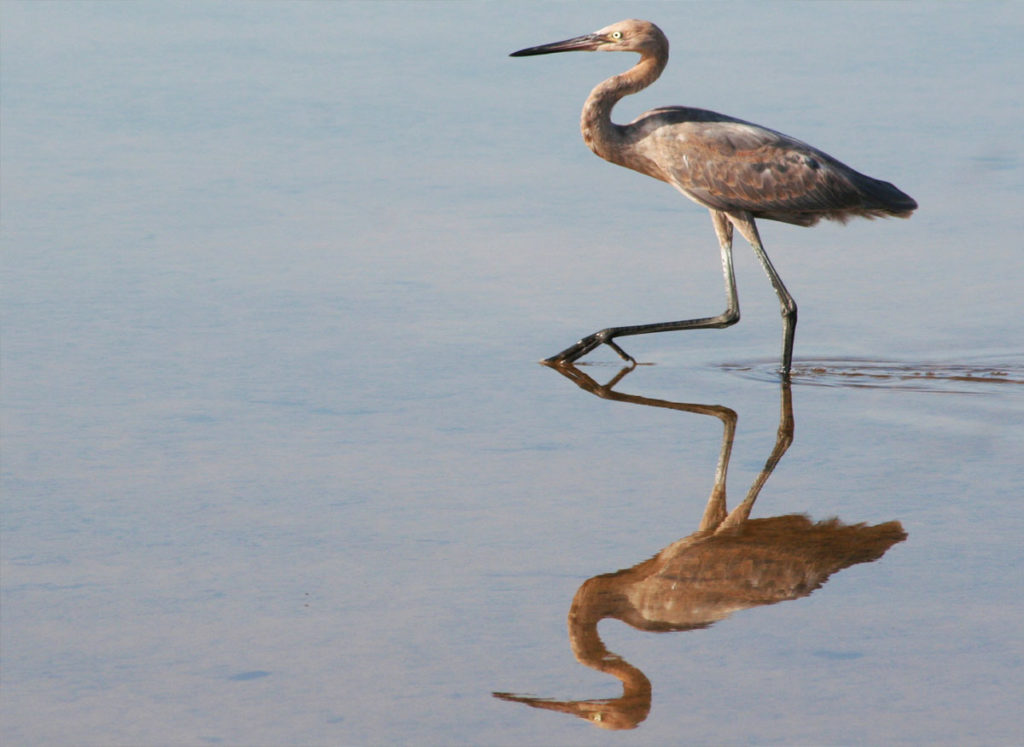
These elegant birds can be found mostly along the coast at or near large bodies of water such as Río Lagartos, Celestún or even in Mérida at the city’s aquaparque in the Vergel neighborhood. Species found in Yucatán include the snowy variety, the great blue, the red, and much rarer tiger heron. Though herons and egrets can look similar, the difference between them is their size. Most often the egrets are smaller birds in comparison to herons. But there are also a few breeds of egrets that are larger than the herons.
Parrots or pericos
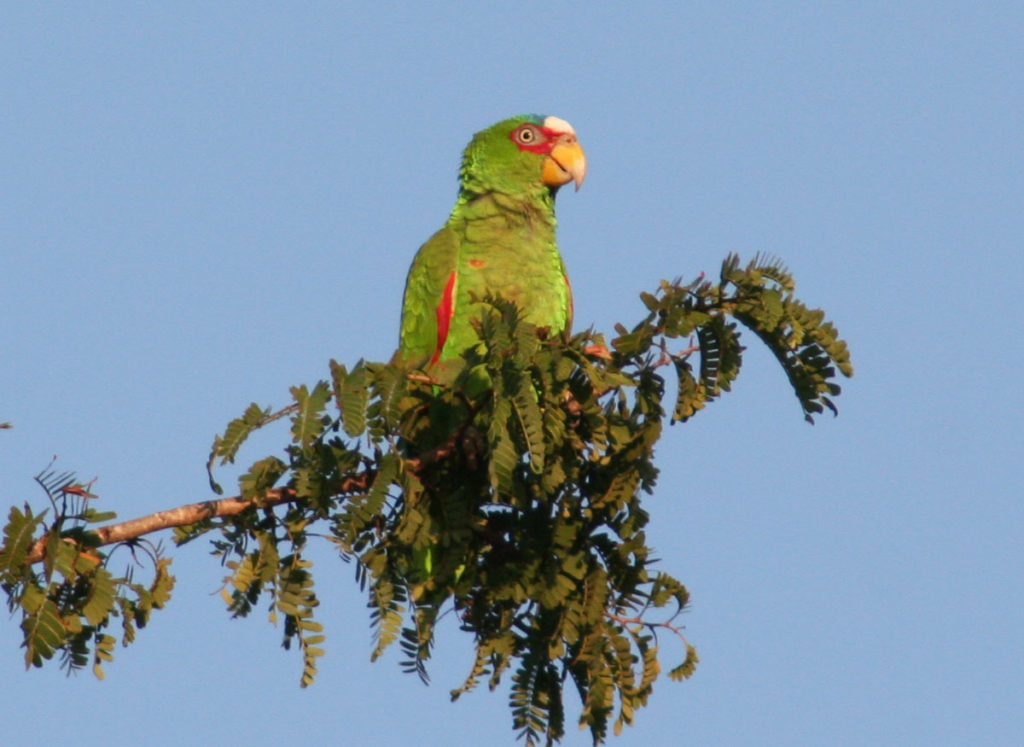
Parrots are native to the Yucatán Peninsula but were rarely seen in Mérida until a couple of decades ago. The generally accepted explanation for their return to the city is that a small group of them broke free from captivity during a series of hurricanes. Since then, these birds — recognizable for their green bodies, yellow beaks, and lock squawking — have delighted residents of neighborhoods such as García Ginerés and Pensiones. Want to see partos in your Mérida yard? Lure them in with fruit trees. They are especially keen on mangos.
Toucanetes or tucanetos
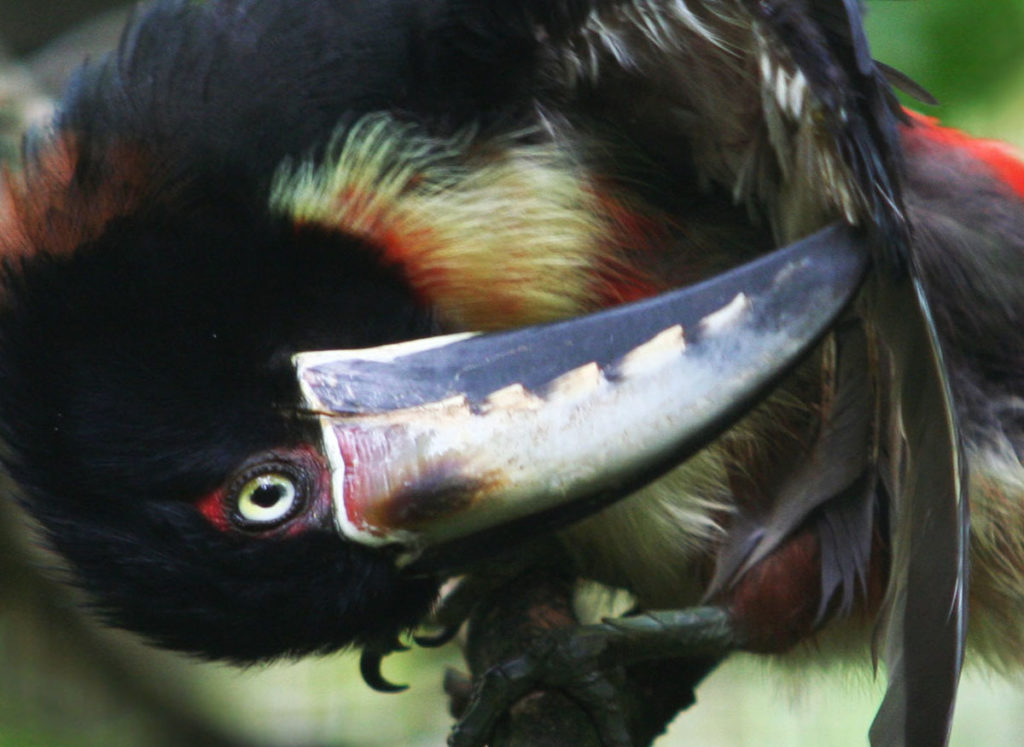
Despite what many believe, toucanets are not baby toucans, though they are related. Sadly, they do not really venture into cities and can be hard to spot unless you live deep in the countryside. They are shy but are likely to stay around for a while if your property happens to have their favorite treat, wild papaya. Yucatán has two species, the turquoise and multi-colored toucanet — which is a reddish-brown.
Yucatán jay or chara yucateca
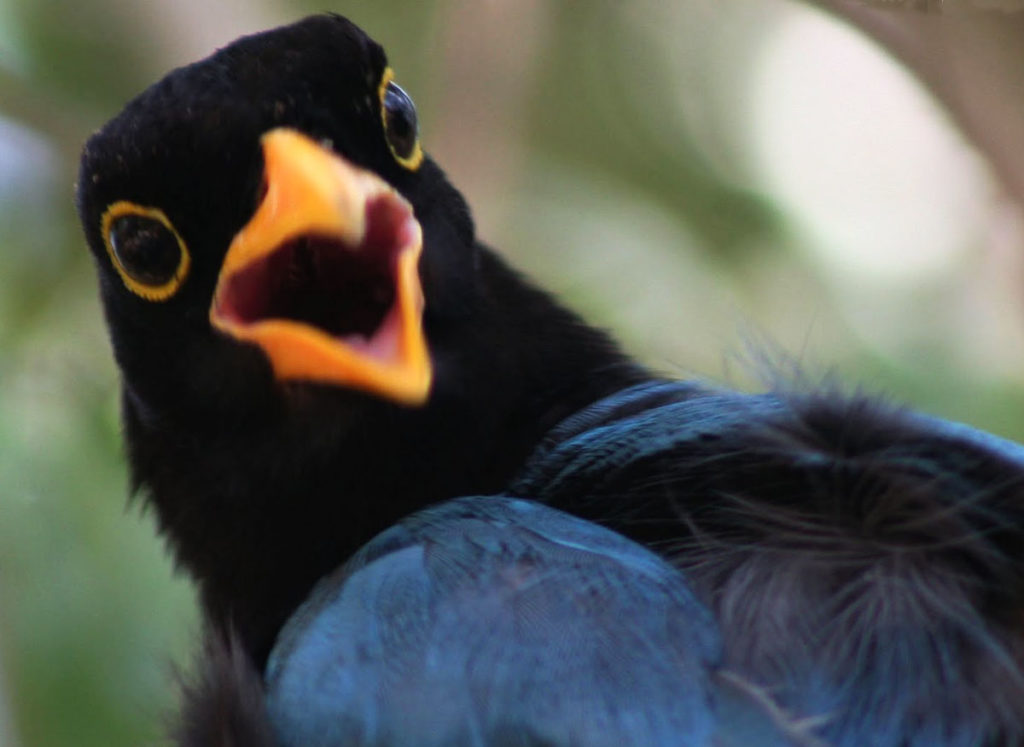
Like crows and other jays, the Yucatán jay belongs to the Corvidae family. They are abundant on the peninsula and can be easily spotted because of their bright blue plumage, even from quite a distance. They have black heads and yellow circles around their eyes. They can be seen in the city, but rarely venture too deep into town as they prefer wooded areas. Along with mot mots, they are the best part of my early morning runs in Fraccionamiento las Américas.
Flamingos
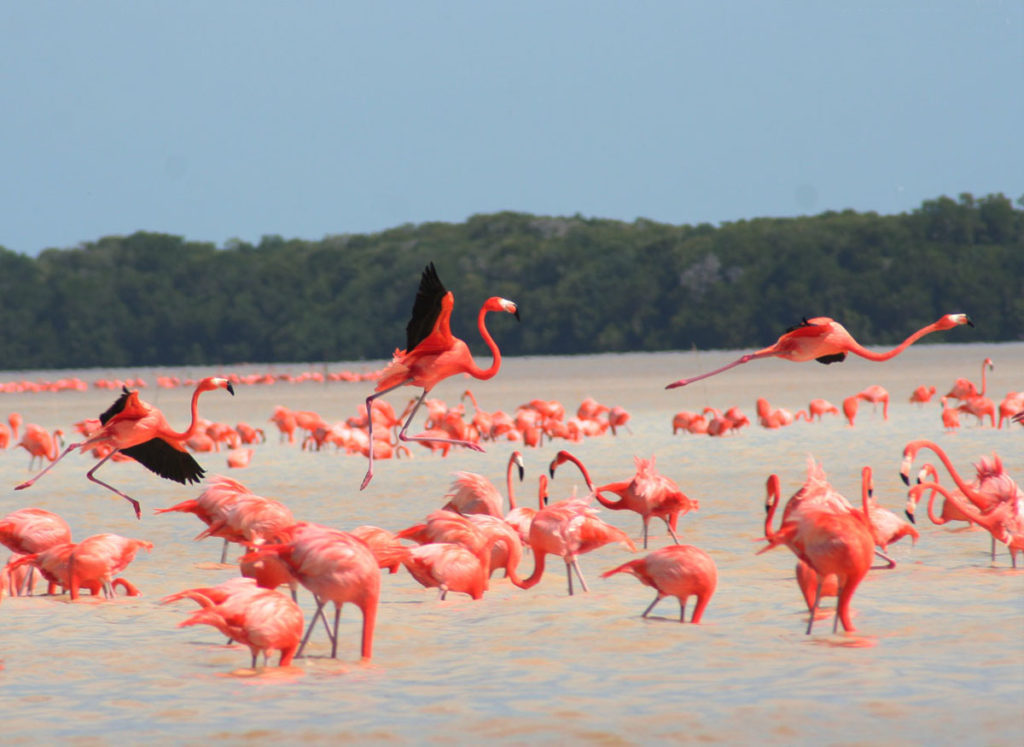
Well, this one should come as no surprise. Along with the noble t’ho, flamingos are Yucatán’s most beloved bird. They can be seen in Celestún, Sisal, and Río Lagartos in great numbers, but smaller groups can also be seen around Progreso and Telchac. You may have heard that flamingos get their bright pink color from eating a small variety of shrimp. In reality that is not exactly the case. Flamingos and shrimp both get their color from eating algae that contain carotenoid pigments. Because they have not yet absorbed the pigmentation, flamingos are born white.
If this article has sparked your interest in Yucatán’s birds, dust off those old binoculars and get to it.
Come back next time when we will discuss the region’s hawks, eagles, hummingbirds, and more.
Carlos Rosado van der Gracht. Born in Mérida, Carlos Rosado van der Gracht is a Mexican/Canadian blogger, photographer, and adventure expedition leader. He holds degrees in multimedia, philosophy, and translation from universities in Mexico, Canada, and Norway. Sign up for the Yucatán Roundup, a free newsletter, which delivers the week’s top headlines every Monday.
Source: Yucatan Magazine


